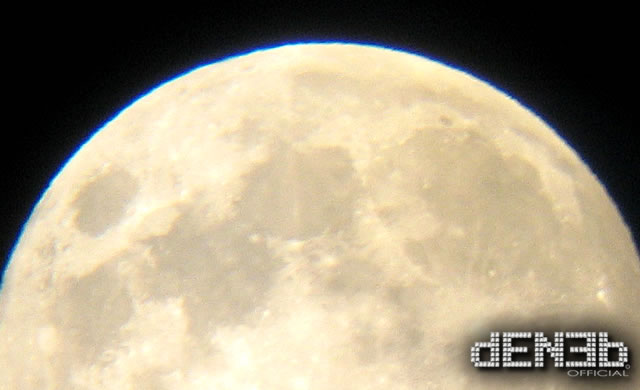
Lavorando su modelli al computer degli impatti di asteroidi sulla Luna, i ricercatori hanno concluso che alcuni strani minerali osservati nei crateri potrebbero essere resti dei meteoriti che colpirono il nostro satellite, e non provenire dagli strati profondi della Luna come si pensava.
E chissà che non ci siano persino frammenti della nostra Terra. La ricerca su Nature Geoscience. Gli “strani minerali” osservati nel bel mezzo di alcuni crateri da impatto sulla Luna non sarebbero di origine lunare, come si è sempre pensato, ma sarebbero i resti dei meteoriti che in passato colpirono il nostro satellite. A sostenerlo è una ricerca pubblicata su Nature Geoscience, basata non su qualche nuova analisi di roccia lunare o su qualche nuova osservazione spaziale, ma su un modello al computer sviluppato per ricostruire la dinamica dell’impatto di meteoriti sulla Luna. In particolare, i ricercatori hanno simulato impatti con alto angolo ed eccezionalmente lenti. “Nessuno ha mai fatto queste simulazioni a così alta risoluzione”, ha detto il planetologo Jay Melosh della Purdue University, primo autore dello studio.
Fonte/Leggi tutto → Media.Inaf.it
Magnesium-rich spinel and olivine found in the central peaks of lunar craters. Unusual minerals found in craters on the Moon may be alien, a new study suggests.
The claim is made in a paper published today in Nature Geoscience that uses computer modelling to show these rare minerals may not be indigenous to the Moon as previously believed. Magnesium-rich spinel and olivine found in the central peaks of lunar craters, have long been assumed by scientists to have been forced to the surface by the impact of the asteroid or meteorite that caused the crater. It was believed any collision that big, would melt or vaporize the impacting material, leaving behind only geochemical traces and tiny fragments. However, Dr. Jay Melosh from Indiana’s Purdue University, and colleagues used computer simulations to show asteroids were capable of still producing these craters at lower impact speeds, giving them greater chance of survival. “We find that for … impact velocities below about 12 kilometres per second, the projectile may both survive the impact, and be swept back into the central peak of the final crater as it collapses,” the authors write. On Earth, spinel forms under high temperatures and pressures not seen near the Moon’s surface. It is also found in some asteroids and meteors.
Source/Continue reading → www.cbc.ca





















